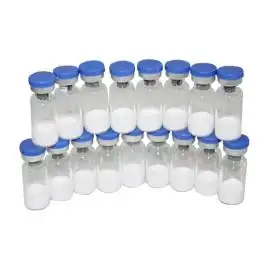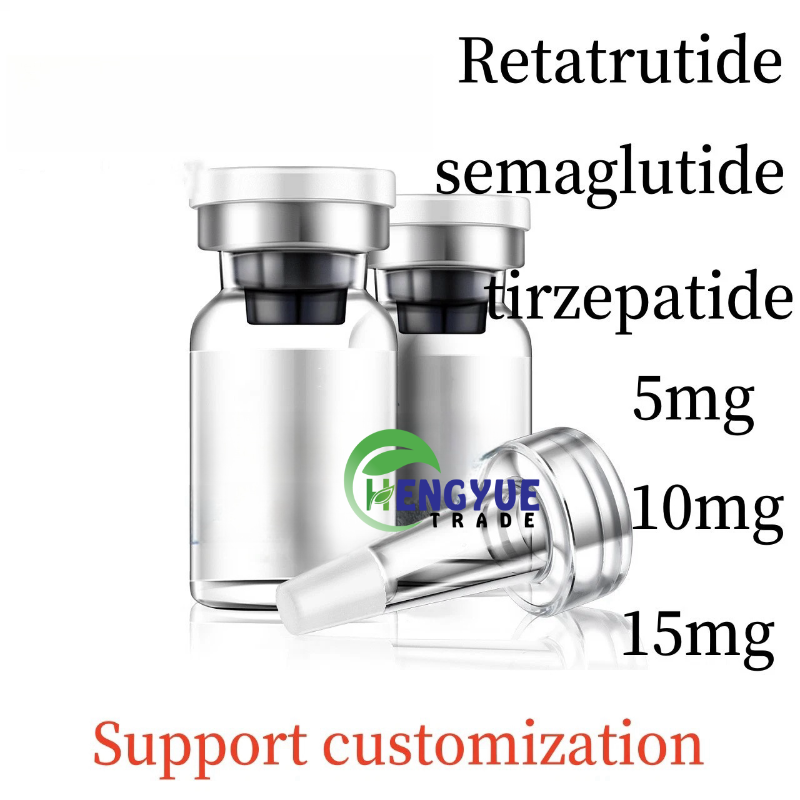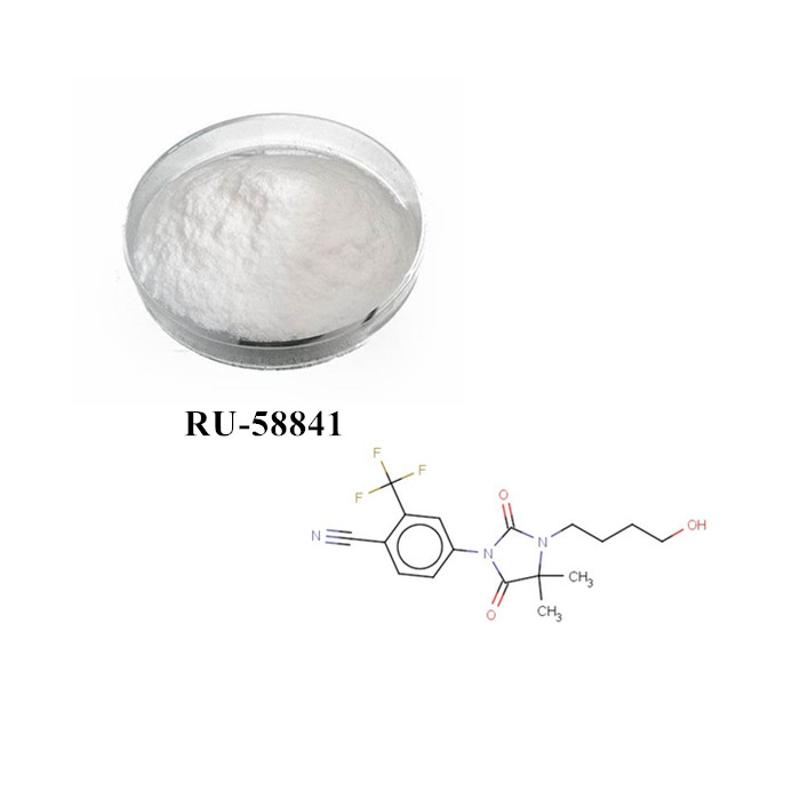-
Categories
-
Pharmaceutical Intermediates
-
Active Pharmaceutical Ingredients
-
Food Additives
- Industrial Coatings
- Agrochemicals
- Dyes and Pigments
- Surfactant
- Flavors and Fragrances
- Chemical Reagents
- Catalyst and Auxiliary
- Natural Products
- Inorganic Chemistry
-
Organic Chemistry
-
Biochemical Engineering
- Analytical Chemistry
-
Cosmetic Ingredient
- Water Treatment Chemical
-
Pharmaceutical Intermediates
Promotion
ECHEMI Mall
Wholesale
Weekly Price
Exhibition
News
-
Trade Service
7-Methyl-2-propyl-1H-benzimidazole-5-carboxylic acid is an important intermediate in the production of various pharmaceuticals, agrochemicals, and other chemical products.
The synthetic routes for this compound can vary depending on the starting materials and the desired product specifications.
In this article, we will discuss some of the most commonly used synthetic routes for 7-methyl-2-propyl-1H-benzimidazole-5-carboxylic acid.
- Grignard reaction
One of the most common synthetic routes for 7-methyl-2-propyl-1H-benzimidazole-5-carboxylic acid involves the use of a Grignard reaction.
The Grignard reaction is a common organometallic reaction that involves the reaction of a metal halide with a grignard reagent, which is typically a magnesium halide.
The reaction typically proceeds via a halogen-metal exchange mechanism, where the metal atom is introduced into the molecule through the exchange of a halogen atom.
The Grignard reaction is a versatile method for the synthesis of organic compounds, and it has been widely used in the production of 7-methyl-2-propyl-1H-benzimidazole-5-carboxylic acid.
- Michael reaction
Another commonly used synthetic route for 7-methyl-2-propyl-1H-benzimidazole-5-carboxylic acid involves the use of a Michael reaction.
The Michael reaction is an organic reaction that involves the addition of a Michael agent, typically a tertiary phosphine, to an α,β-unsaturated carbonyl compound in the presence of a Lewis acid catalyst.
The reaction typically proceeds through a free-radical mechanism, where the phosphine molecule abstracts a proton from the carbonyl group, forming a radical intermediate that can react with another molecule of the same or a different Michael agent.
The Michael reaction is a versatile method for the synthesis of organic compounds, and it has been widely used in the production of 7-methyl-2-propyl-1H-benzimidazole-5-carboxylic acid.
- Nitrogen reduction
Another synthetic route for 7-methyl-2-propyl-1H-benzimidazole-5-carboxylic acid involves the use of nitrogen reduction.
The nitrogen reduction reaction typically involves the reduction of a nitro compound to an amine, which can then be hydrolyzed to produce the desired carboxylic acid.
The nitro compound is typically prepared by the nitration of an aromatic compound, such as benzene, with nitric acid.
The nitro compound is then reduced with a reducing agent, such as hydrogen in the presence of a catalyst, to produce the amine.
The amine can then be hydrolyzed with water to produce the desired carboxylic acid.
- Decarboxylation
7-Methyl-2-propyl-1H-benzimidazole-5-carboxylic acid can also be synthesized by decarboxylation of 7-methyl-2-propyl-1H-benzimidazole-5-carboxylate.
The decarboxylation reaction typically involves the removal of the carboxylic acid group from the compound to produce the desired carboxylic acid.
The decarboxylation reaction can be carried out using various methods, including heating, treatment with an acid catalyst, or treatment with a decarboxylating agent, such as sodium hydroxide.
In conclusion, there are several synthetic routes for 7-methyl-2-propyl-1H-benzimidazole-5-carboxylic acid, each with its own advantages and







